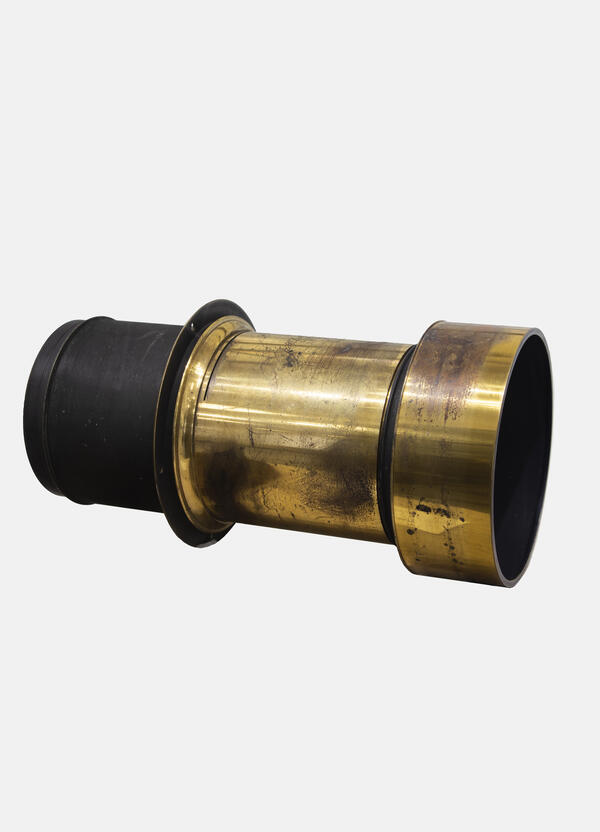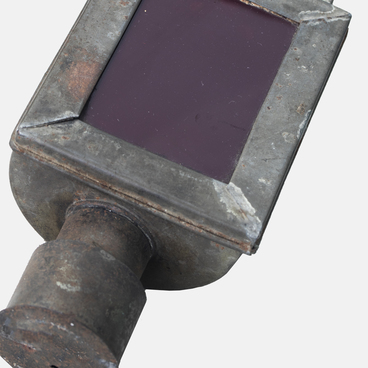John Henry Dallmeyer was an Anglo-German optician who founded the firm of J. H. Dallmeyer, Ltd. in 1860 to produce lenses that are still valued among professional photographers and collectors of photographic equipment.
A camera lens is an important part of the device. It is an assembly of lenses used in conjunction with a camera body to make images. As a rule, lenses were made of glass and brass, copper or zinc alloy. In the mid-19th century, there were three common types of lenses: the Joseph Petzval lens for portrait photography, meniscus lenses for landscape photography, and wide-angle “globes” (Ross Doublet).
Portrait lenses were divided into two groups. Lenses of the first group were designed for outdoor photography in natural light. The second group of lenses was designed for making cabinet cards in a studio. Professor Petzval’s portrait lenses, which appeared in 1860, consisted of two elements with a diaphragm placed between them. The front element contained two glued lenses and the rear one — two unglued lenses. The Petzval lens was the first mathematically calculated lens and was successfully marketed throughout the 19th century.
Dallmeyer lenses proved to be better than Petzval portrait lenses since they produced deeper and sharper images, which lacked distortion and glares.
In 1862, Dallmeyer’s company offered various types of lenses, from the beginner to the professional level. In 1866, Dallmeyer was the first to patent an aplanatic lens, which had the largest aperture at the time. The lens was called Rapid Rectilinear. However, its production was so costly that very few such lenses were produced. At the same time, the company was developing a lens with an angle of view somewhere between that of portrait and landscape lenses.
Dallmeyer lenses received the highest awards at
various exhibitions in Berlin, Paris and Philadelphia. The French government
awarded John Henry Dallmeyer the Cross of the Legion of Honor, and he was also
given the Order of Saint Stanislaus in Russia. Dallmeyer spent the last years
of his life traveling in hopes of restoring his health, which had been severely
worn down by his tireless research. He died on a ship off the coast of New
Zealand on December 30, 1883. John Dallmeyer’s company passed to his second son
Thomas Rudolphus Dallmeyer.



